Elaine was told she was in the early stages of kidney failure the day after giving birth to her oldest daughter, Joanna. “It was strange to feel the high of being a first-time parent, and at the same time, feel such a low,” she said.
She hadn’t recognized the symptoms she knew so intimately. Her family’s medical history had always loomed large in Elaine’s life, centred around a genetic disease of the kidneys that wove through generations and across continents.
Familial nephritis. A clinical term for the hereditary disease that has attacked Elaine, her grandfather, her mother, four of her five siblings, an uncle, four cousins, and one of her three daughters.
As the first sibling in her immediate family to get the disease, Elaine’s diagnosis hit her mother hard. “It was worse for her I think, because she felt so guilty.”
Her mother was diagnosed with the disease when Elaine was 14 years old, four years after the family emigrated from Scotland to Sarnia, Ontario.
Looking back at the treatment available at that time, Elaine recalls old dialysis machines prone to blood leaks, as well as emergency trips to London when her mother needed additional intervention. “I can’t imagine going through what my mom went through with treatment,” she said.
An advocate for patients’ rights, her mother was one of the first patients in Sarnia to start a home dialysis program. Elaine’s father, an electrician, built a dialysis room in the basement of their house.
The family nicknamed the home dialysis machine Fido. Elaine remembers signing school yearbooks with each family member’s name, Fido included. “That was our family pet,” she said with a laugh.
Humour helped the family see life beyond the disease. “My mom was the type of person to say ‘I’ve been dealt this disease, but I still have the rest of my life and I can do things.’ She passed that on to all of us, that example of how to handle the disease.”
In September 2012, Elaine’s oldest daughter, Joanna, was diagnosed with the hereditary disease. She received a kidney transplant five years ago. “I never saw the signs. You’d think I would have,” said Elaine.
“I hope my other two girls don’t get the disease.”

1 in 10 Canadians has kidney disease

Nearly 49,000 Canadians are being treated for kidney failure. Of those, 57.5% are on dialysis
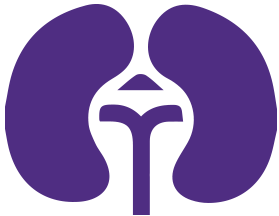
There were 1,771 kidney transplants performed in 2017

21,000 Canadians are living with a functioning kidney transplant
When a person is healthy, the kidneys maintain a kind of internal equilibrium, filtering waste and excess fluid from the blood to ensure a healthy balance of water, salts and minerals. Without this balance, nerves, muscles, and other tissues in the body may not function properly. The small, fist-sized organs also release hormones to help control blood pressure, make red blood cells and promote bone health.
Most kidney diseases attack the organ’s filtering units, called nephrons, and damage their ability to eliminate wastes and excess fluids. Symptoms are often silent in the early stages, and a person can lose more than 50 per cent of their kidney function before symptoms surface.
There is no cure for kidney disease.
Treatment options include proper diet and medications, dialysis, transplantation, and conservative care when a patient decides to let the disease run its natural course.
Dialysis is a process that removes excess water, solutes and toxins from the blood for people whose kidneys can no longer perform these functions naturally. More than half of Canadians being treated for kidney disease are on dialysis.
The treatment typically involves four-hour visits to a dialysis unit, three times per week.
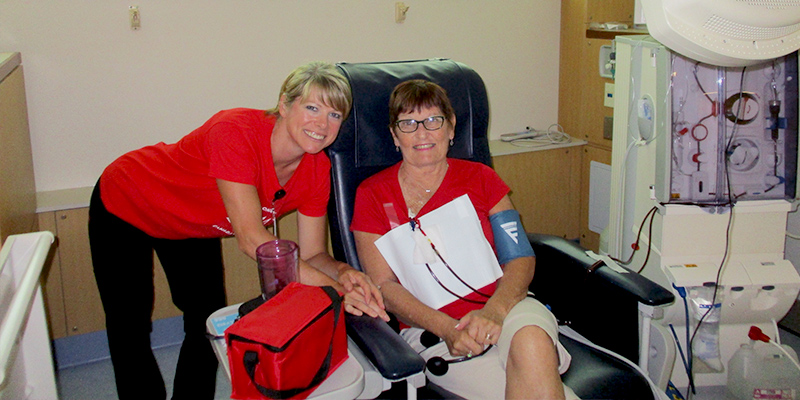
After years of managing her disease with medication, Elaine was on dialysis for only six weeks before receiving her first kidney transplant in 1986.
Soon after the transplant, she approached her doctor about having more children and was referred to the high risk pregnancy unit at St. Joseph’s Health Care London. She gave birth to Sarah in 1993, and Nikki followed in 1994.
Having two babies strained Elaine’s transplanted kidney. It lasted 10 years before starting to fail, and in 1996, she was back on dialysis.
She mostly remembers driving to and from the dialysis unit. “It took me about six weeks until I could trust myself to drive on my own to the appointments,” she said. “Before that point, I depended on family members to get me there.”
Elaine received her second transplant in January 1998. This one lasted nineteen years before it also failed.
She has been back on dialysis for almost two years now. She’s waiting for a living donor, and remains optimistic about the future. “Right now, I’m feeling well enough to work full-time,” she said. “That’s a good benchmark for me.”
Working as the Senior Development Manager for the Sarnia chapter of the Kidney Foundation of Canada, Elaine supports fundraising efforts, public awareness campaigns and patient advocacy. It’s a role she’s held for nearly 30 years.
“For the most part, this disease has had a positive impact. I’m able to help others going through it and meet so many inspiring people,” she said. “I feel very fortunate.”
In 2017, Elaine was given a camera as part of the Renal Community Photo Project, led by researchers looking to understand resilience and healing from the patient perspective.
The Photo Project empowered dialysis patients to use photography to share their stories. Participants selected one of five types of cameras and were invited to photograph whatever they wanted to express about their lives.
As a result, the research team collected more than 1,500 photos.
During the second phase of the Photo Project, participants came together in small groups to share their images, discuss their experiences and provide feedback.
As one of 34 patients to participate, Elaine documented her life with a digital camera for a few days. She started by thinking about what was important in her life. “I wanted to capture all the good things,” she said.
Most of the photos she took feature her family. She snapped her favourite photo at the Canada Day parade in Sarnia. The annual event is a family tradition, one Elaine hopes her children will carry on. “It doesn’t matter how old they get, tradition is a big deal to my daughters.”
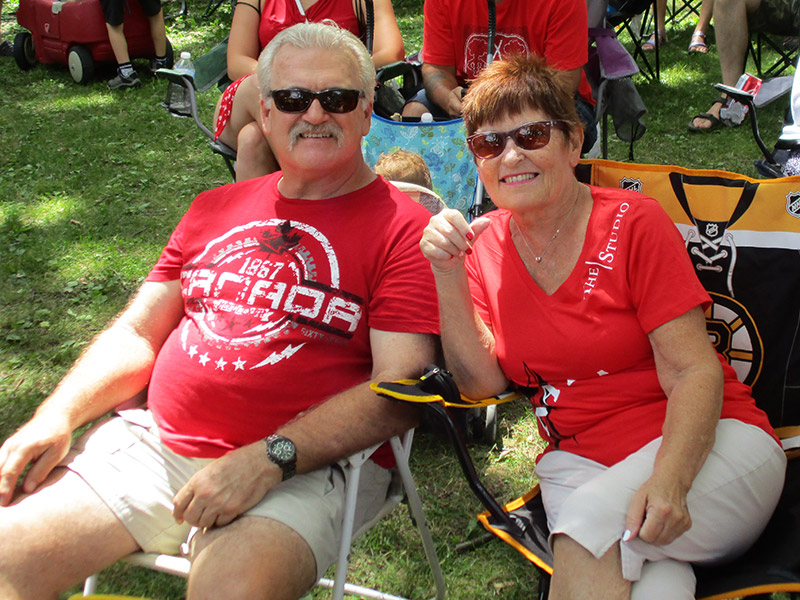

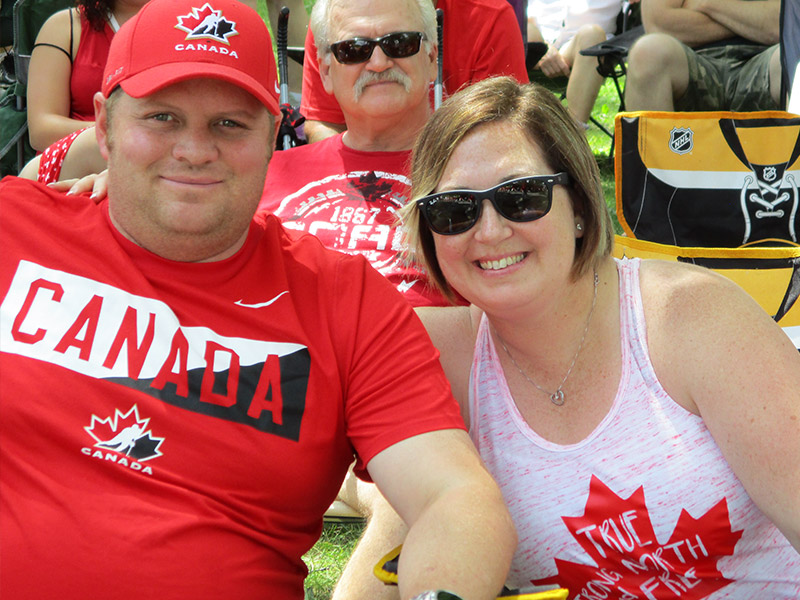
Another photo was taken by the Blue Water Bridge in Sarnia, at a memorial garden close to the water’s edge. The area is paved with bricks dedicated by local residents. There is a special brick within this patchwork laid in memory of Elaine’s mom, dad and two sisters who passed away. “They were such a huge part of my life,” she said.
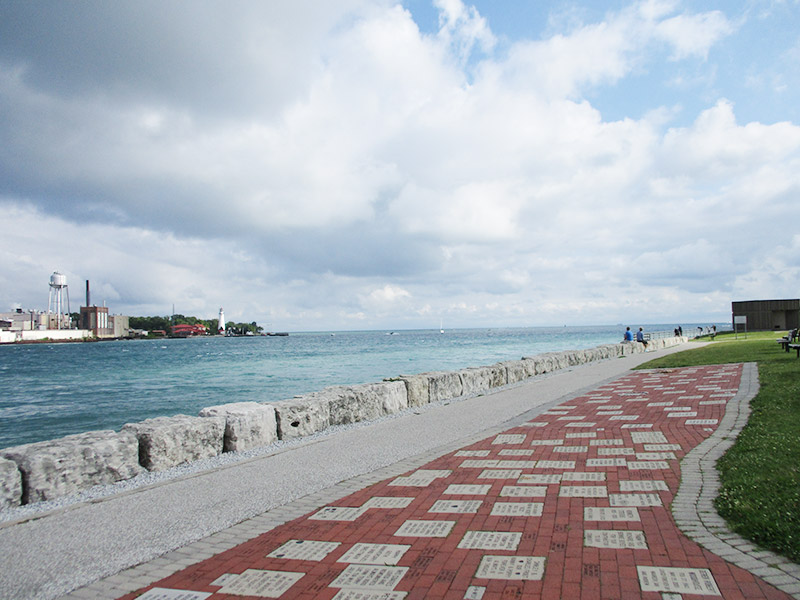
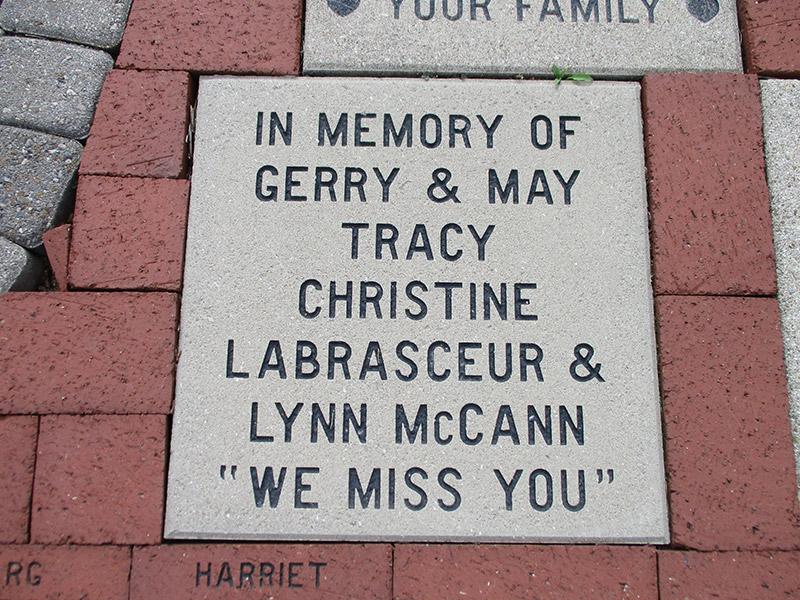
Participating in the Photo Project opened Elaine’s eyes to the patient experience. “Our lives may be a lot different, but there is a common goal and shared experiences that came through in the photos,” she said.
“It takes me back to how my mom approached life, her attitude and perseverance,” she added. “Looking at the photos, you see the life outside the disease. As patients, dialysis isn’t all we are.”

"Elaine's Story" Written by Emily Leighton, MA'13
Communications Specialist, Schulich Medicine & Dentistry